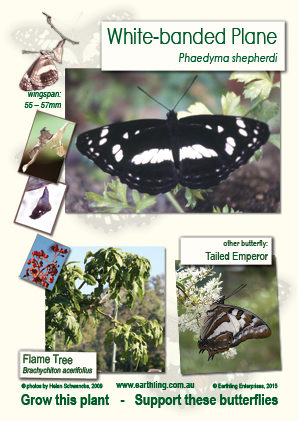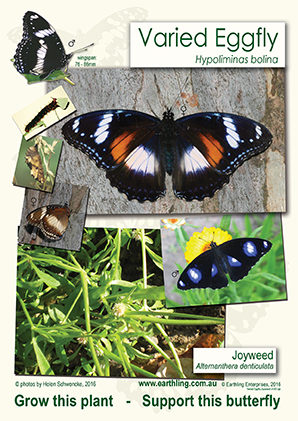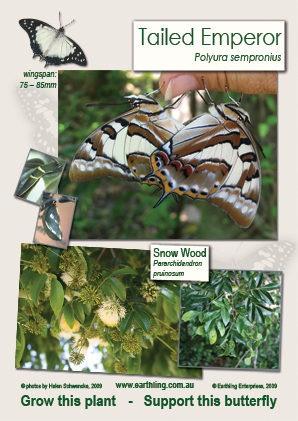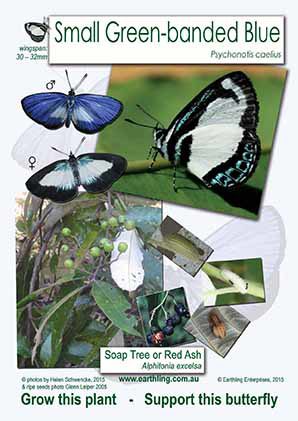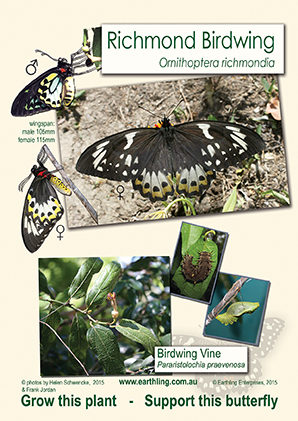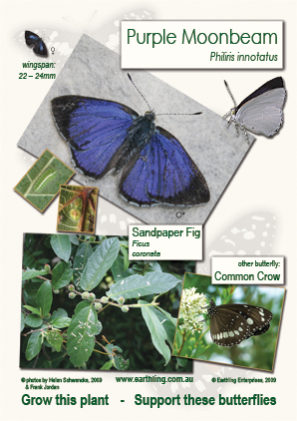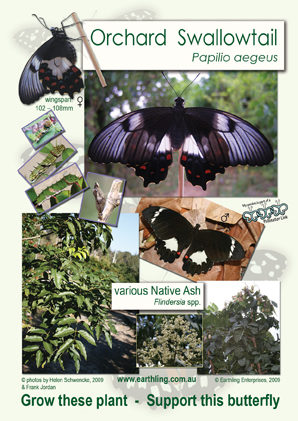Meadow Argus
(Junonia villidia)
Meadow Argus is found in a wide variety of habitats, particularly woodland, open-woodland and grassland both in coastal and inland areas as well as suburban gardens. The butterfly can often be seen patrolling open “grassy” areas, close to the ground, where one or other of its host plants will be growing.
Host Plant:
The Fan flowers (Scaevola spp), which are small shrubs or herbs whose flowers have distinctively fan-shaped petals.
Other known host plants include:
- Spike Centaury (native) (Schenkia australis) and probably Centaury (Centaurium spp.) (introduced)
- Goodenia rotundiflolia
- Hygrophila angustifolia (native) and H. costata (introduced)
- Portulaca australis (native) and P. oleracea (introduced)
- Plantago spp. (native and introduced species)
- Verbena gaudichaudii (native) and V. bonariensis, V. officinalis, V. rigida (introduced)
- Snapdragons (Antirrhinum spp.)
Source: Butterfly Host Plants of South-east Queensland
and Northern NSW, 4th ed
www.boic.org.au
Learn more about the Meadow Argus read: Create More Butterflies by Frank Jordan & Helen Schwencke which is available from Earthling Enterprises


